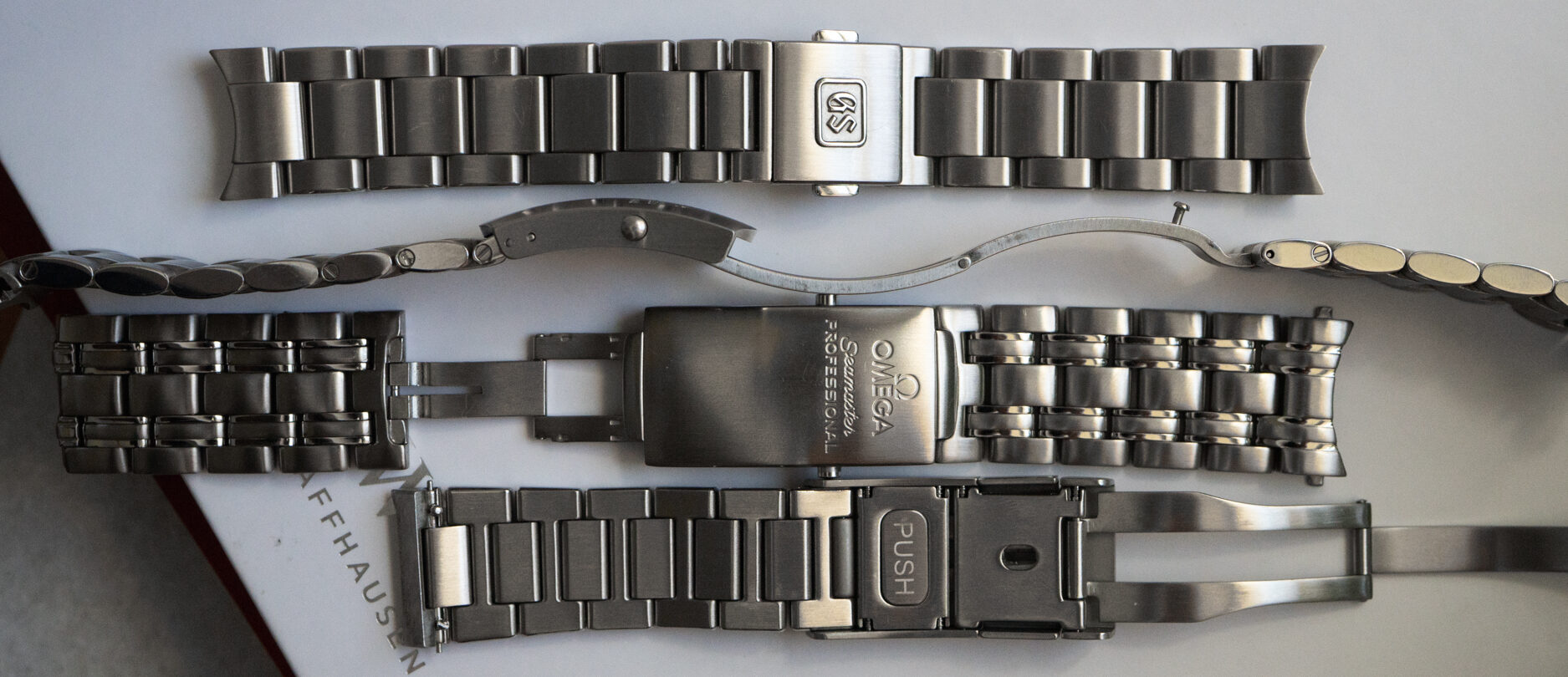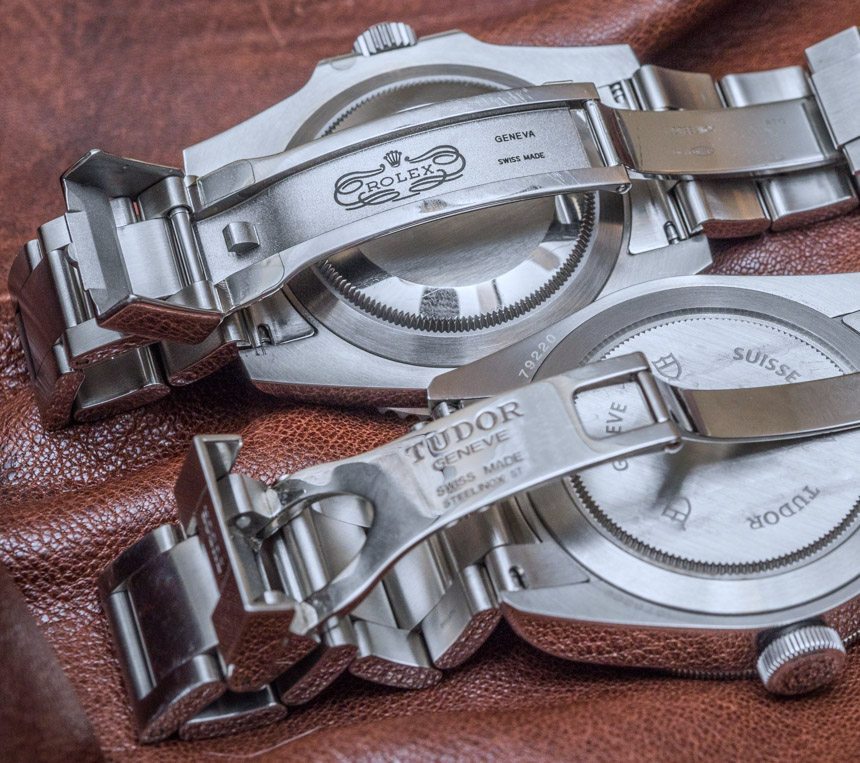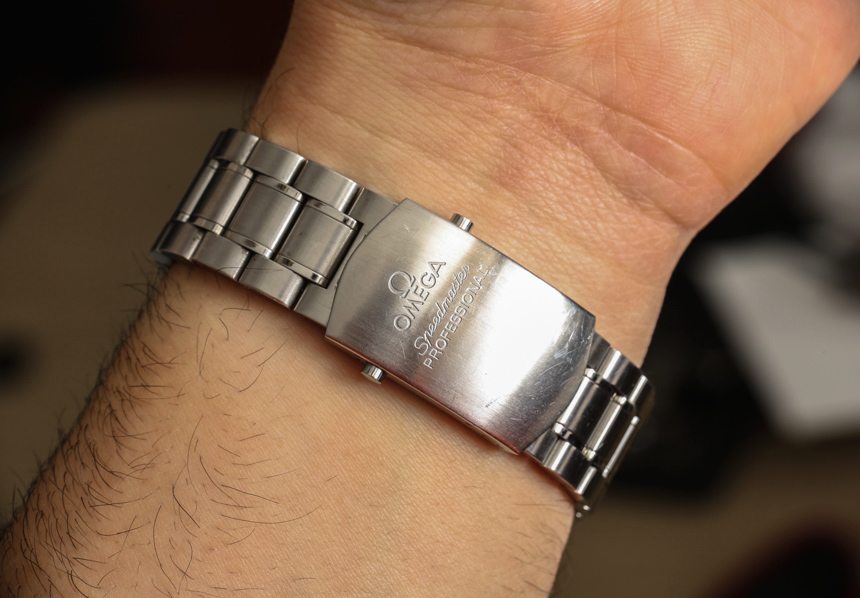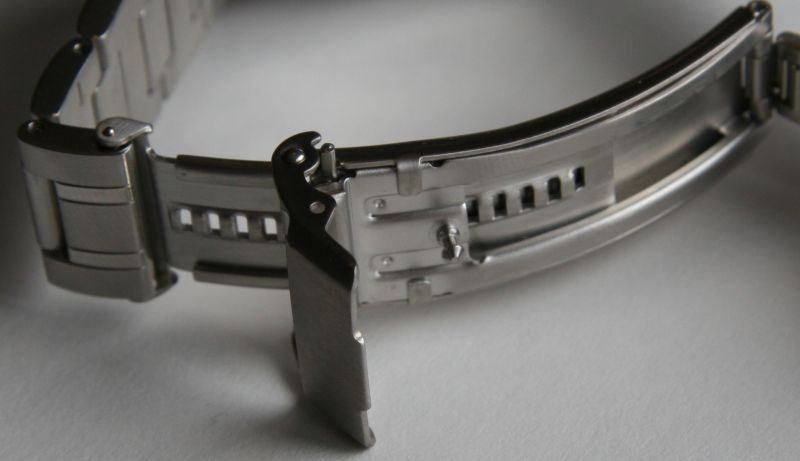The watch industry seemingly operates in a bubble, one that can look a bit stuffy, even conceited, in some light. There are some brands whose entire existence seems to reflect this supercilious domain, but we are entering an era in which consumer demands have the power to take precedence over corporate idealism. The power of the Internet and the communities that have formed within is a force that is difficult to ignore. Can we, the community, the “#watchfam,” steer the industry? Most other industries listen to their consumers, but is anyone listening to us? This column is designed as a vehicle for the community to voice their complaints to the industry, highlight how enthusiasts view trends in design, production, and marketing, and provide examples of industry responses.
In short, the answer is yes, someone is listening. In the age of the Internet, however, with a news and production cycle that seems to be accelerating exponentially, it is not easy for a traditional manufacturing industry like watchmaking to keep up with the demands of a 21st-century market. The community is never short of complaints, hopeful requests, and unfiltered critiques of every release. It seems that these negative remarks stand out even in an ocean of praise, like a speck of dust on a glossy black dial.
As the “Big Watch Era” fizzled out into the “Age of Vintage Reissues,” prices across the industry rose, and watch consumers began calling for features that are no longer acceptable to be missing at four- or five-digit price points. The rise in demand for quick-adjust clasps surged, and while it seems like a trivial part of a watch, it can make or break how a watch wears. This is not a deep dive into watch-wearing comfort, as David has already discussed this in detail here, but there may be some overlap. Feel free to sound off in the comments about great watches that were ruined by uncomfortable clasps. For the sake of brevity, I will focus on two examples.
For nearly a decade, consumers complained about the length of the Tudor Black Bay clasp. While there is a minimum ratio required for a clasp to open, allow a hand inside, and close securely around the wrist, it seems that Tudor wanted to test the maximum ratio possible. The standard Tudor clasp extends beyond the lugs of many of the watches they are mounted on, leading to large gaps or pressure points on the sides of the wrist. The other culprit of committing the egregious sin of clasp discomfort did so for more than twice as long as Tudor. Omega produced and sold the Speedmaster Moonwatch for decades bearing a clasp with only two micro-adjustments. While having only two adjustments did not prevent thousands of watches from being sold, the combination of long links, no half-links, and two adjustments, the bracelet was virtually unwearable for many. The Speedmaster’s good looks on a strap may have been its saving grace.
The answer to these discomforts took quite some time to become common and functional. We saw ratcheting adjustable clasps on dive watches like the Seiko Marinemaster 300, which were often thicker than most would prefer for daily wear. Slowly, however, slender, functional, and most importantly, comfortable options began to find their way into the market from a variety of brands. While developing something as standard as an adjustable clasp may seem like a small feat for companies with the technical prowess to produce tourbillons, split-second chronographs, and minute repeaters, creating something that can handle the rigors of everyday adjustment without fail and producing it at scale among the millions of other components required in watchmaking takes time. It takes more time than our 21st-century product cycle prefers, and certainly longer than many consumers are willing to wait.
As we continue to shout into the void of comments sections asking for different case sizes, date (or no-date) options, more colors, or fewer limited editions, it may seem like we aren’t heard, but we are. We may wait years, or in some cases, decades, for technological improvements in something as simple as a clasp, but with patience, the watch industry will eventually do right by the consumer. Along the way, we will most certainly get things we didn’t ask for, but our voices, however harsh they may be at times, guide the industry. Trends come and go while the industry frantically tries to keep up with our demands, only to answer us long after our requests are swallowed by the depths of the Internet.
Our weekly editorial columns are published every Monday and feature commentary outside our standard wheelhouse of news and reviews. Stay tuned for the next edition of Time Machines from Senior Editor Sean Paul Lorentzen next week.




